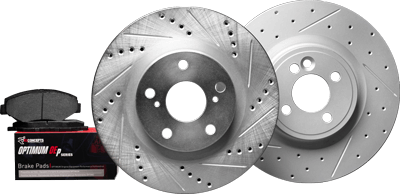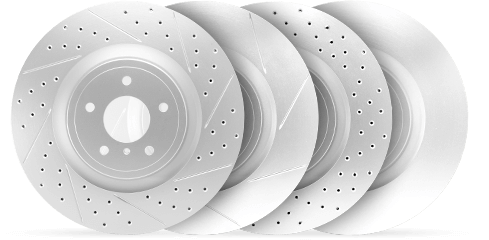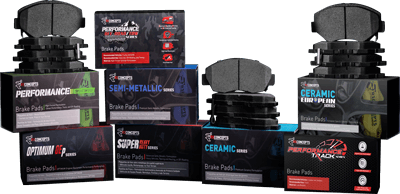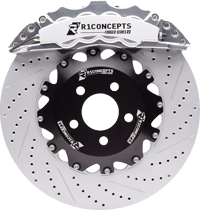Do you replace brake pads and rotors at the same time? Understanding when these crucial brake components require replacement is key to ensuring your vehicle’s safety and performance.
Usually, you should change your brake pads and rotors at the same time. But sometimes, you don’t need to. Get to know more about this topic and determine if you really need to change your brake pads along with your rotor replacement.
Key Takeaways
- Regularly replacing both brake pads and rotors is recommended, but not at all times.
- Changing your brake pads and brake rotors depends on the signs that you will see. Brake rotor sounds including squealing and grinding sounds often indicate a likelihood to do the changes.
- Selecting quality brake components and performing synchronized replacements can improve braking efficiency, prevent uneven wear and premature failures, and may result in long-term cost savings despite the higher initial investment.
Do you have to replace brake pads and rotors at the same time
It is highly recommended to replace your rotors and pads at the same time. By replacing both the rotors and pads at the same time, you ensure your car’s braking system becomes more reliable, safer, and performs better under all conditions.
Although highly recommended, it’s not strictly necessary to replace both your brake rotors and pads at the same time. Depending on your own assessment or a mechanic’s evaluation, you may decide to replace just one of these components.
How Can I Tell If My Rotors Need Replacing Along With The Pads?

Knowing when to replace your rotors can be as simple as paying attention to the signs. We have a full detail about when to repair brakes and when to change brakes that you can see and learn more about it, but listed here are the common signs to look out for.
Some common signs that indicate the brake rotors are worn and may need to be inspected for replacement include:
- Squealing sounds from the brakes
- Longer stopping time
- Vibrations or pulsation in the brakes and/or steering wheel
- A high-pitched squealing noise when braking
Visual signs such as deep scratch marks or a large edge on the rotor’s surface also point to significant rotor wear.
When these symptoms are present, it’s likely that the brake pads are worn out too. This is because debris often gets trapped between the brake pads and rotors, leading to scratches on the rotor and potential damage to the brake pads.
If you notice any of these signs, it is recommended to have your brake rotors and brake pads inspected and see if whether they both need to be replaced or not
Benefits Of Changing Your Brake Rotors And Brake Pads Together
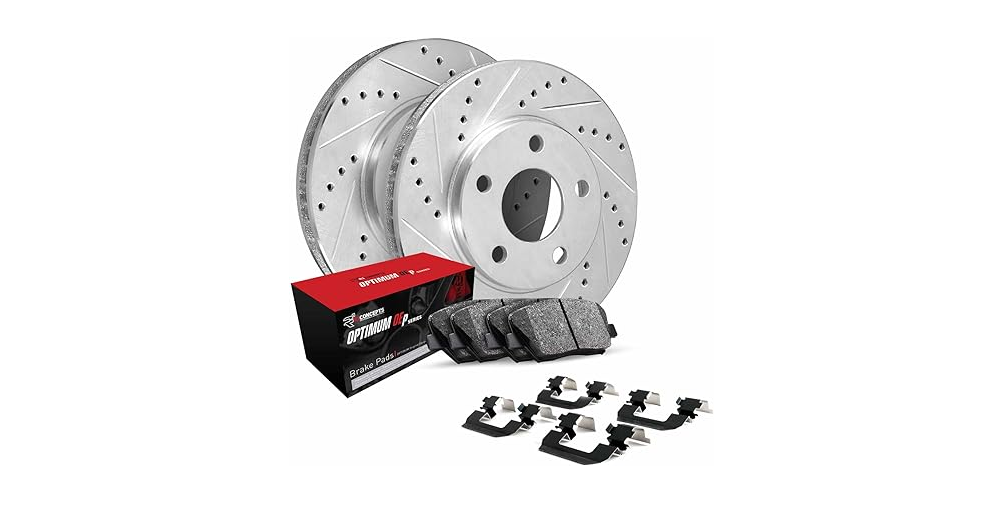
We stated that brake pads and rotors are highly recommended to be changed together when doing a brake replacement, so let’s dig deeper to the reasons that we have.
The Synchronized Replacement Strategy
Synchronized Replacement Strategy is a way in which you replace your brake rotors with the best matching brake pads. This method not only provides a great refresh, but provides you a promising stopping power that’s within your means.
The benefits of a synchronized replacement strategy go beyond cost savings. Pairs of new brake pads and rotors that are designed to work together enhance reliability and efficacy in braking. Simultaneous replacement secures peak performance as components are designed for compatibility, reducing the risk of wear and potential issues associated with mismatched parts.
This approach prevents a lack of proper surface contact, which can cause noise, vibration, or reduced stopping performance.
Ensuring Even Wear
Even wear is achieved by pairing new brake pads with new rotors, preventing the premature replacement of brake pads due to improper wear.
It’s important to note that brake pad wear can lead to uneven wear on brake rotors, indicating that the brake pad’s friction is not distributed evenly, which can result in additional costs and time spent on future repairs.
Preserving Rotor Thickness
Preserving rotor thickness is vital for safety and performance. Rotors are designed with a minimum operational thickness to ensure safety; when they wear thinner than this level, the risk of cracking or brake failure increases.
Resurfacing, although a short-term solution, decreases the thickness of the rotors, leading to a higher risk of warping due to heat build-up.
Preventing Brake Noise
Not only does replacing brake pads and rotors together improve performance and ensure safety, but having your brake pads replaced also helps prevent brake noise caused by excess vibration or rust.
New brake pads may need a break-in period to conform to the surface of used rotors, during which squeaking can occur due to excess vibration. Moisture build-up on rotors can also lead to rust that causes new brake pads to squeak until the rust is scraped away.
The Role of Rotors in Your Braking System
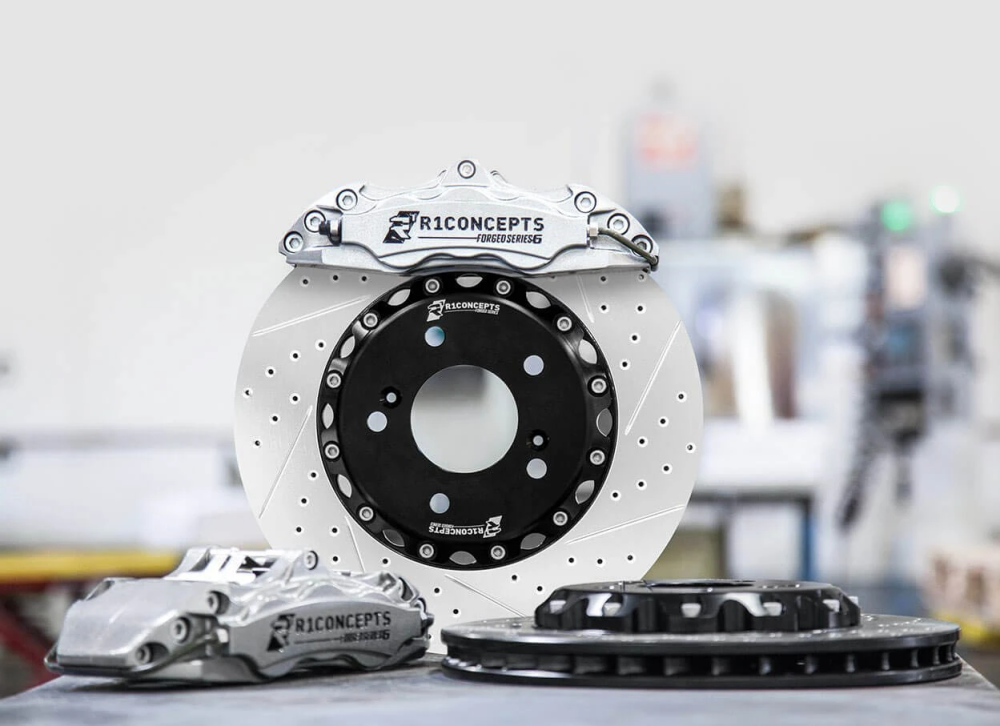
Brake rotors play a pivotal role in your braking system. They are large metal discs inside each wheel that transform kinetic energy into thermal energy to facilitate vehicle deceleration. During braking, only the brake rotors rotate with the wheels while brake pads clamp onto them, converting the wheel’s kinetic energy into heat to bring the vehicle to a stop.
It is, therefore, crucial to ensure the rotor’s surface condition and heat management capacity are maintained for optimal braking performance.
Understanding Rotor Surface Condition
A smooth and even rotor surface is essential for smooth braking performance. However, rotors can lose their smooth finish over time, leading to increased stopping distances and diminished braking performance.
Maintaining rotor thickness is also vital for safety, as thinner rotors have less mass to absorb and dissipate heat, leading to a higher risk of brake failure.
Heat Management and Stopping Power
Proper heat management in rotors is crucial for preventing brake fade and maintaining stopping power. The minimum thickness of rotors is pivotal because it ensures that rotors have sufficient mass to absorb and dissipate heat, which is vital in preventing brake fade, especially under intense usage. Thinner, worn rotors are less capable of dissipating heat effectively, leading to a fading of brake performance that can manifest as noise.
Cost Considerations in Brake Service
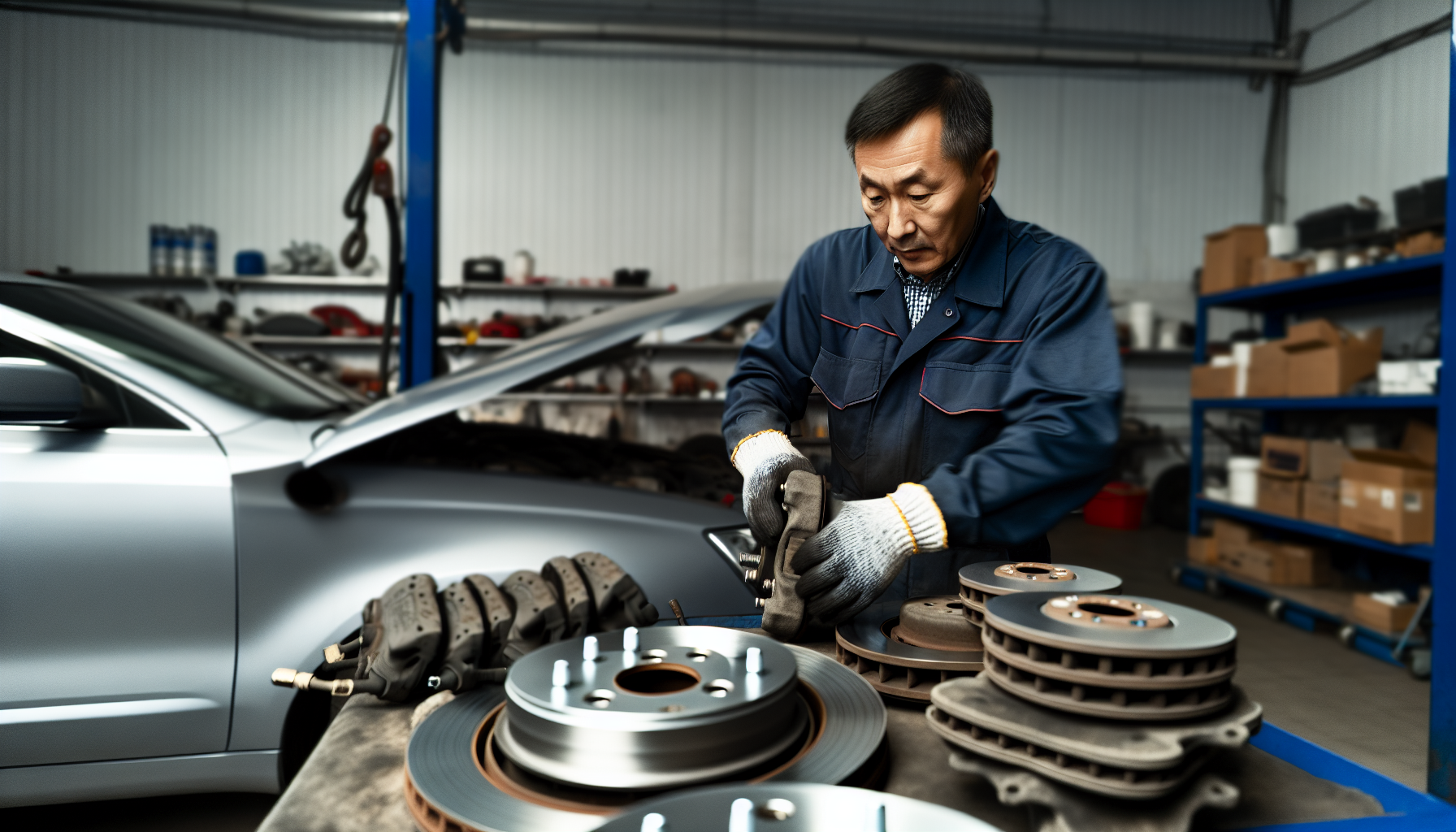
When considering brake service, it’s important to take into account the costs involved. The cost for replacing brake pads and rotors together typically ranges between $500-$1200, factoring in labor expenses. A comprehensive brake service that includes not just pads and rotors but also calipers can average between $200 and $800, depending on vehicle specifications and parts selected.
However, opting to replace both brake pads and rotors simultaneously may offer better cost-efficiency over time by minimizing uneven wear and reducing the likelihood of more frequent replacements.
Short-Term vs. Long-Term Costs
While the immediate costs of brake service might seem high, it’s important to consider the long-term savings. Proper professional maintenance can lead to fewer overall brake replacements by extending the lifespan of the brake system components.
Long-term ownership costs for brakes are reduced when regular professional maintenance is adhered to, as it helps avoid premature wear and failure.
The Hidden Costs of Partial Replacements
Partial replacements might seem like a cost-effective solution in the short term, but they often come with hidden costs. The lifespan of a rotor, affected by its quality and heat dissipation abilities as well as the type of brake pad used, typically ranges from 30,000 to 80,000 miles, which could lead to increased wear and more frequent replacements.
Moreover, DIY brake repairs, while saving on initial labor costs, might lead to greater expenses over time if improperly executed.
Choosing Quality Brake Parts for Your Vehicle
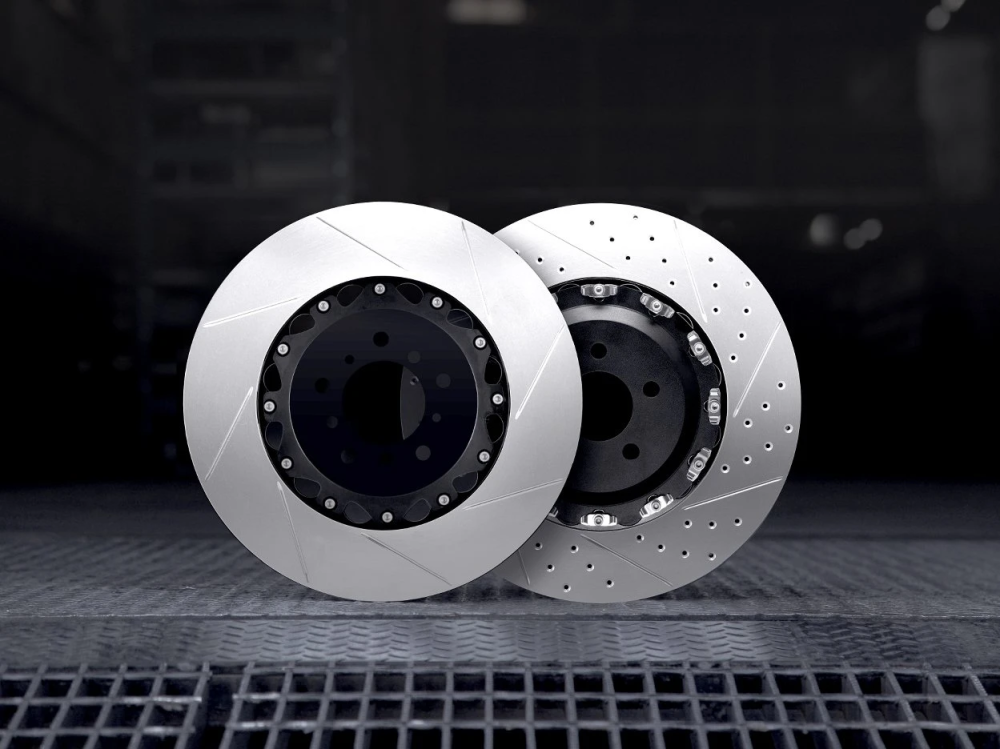
Choosing quality brake parts is an investment in your vehicle’s safety and performance
Using brake components from the same manufacturer guarantees that the parts will work seamlessly together, which can enhance the efficiency of the installation process and the performance of the braking system.
Benefits of Premium Brake Pads and Rotors
Premium brake pads and rotors offer numerous benefits, including:
- Smooth stopping
- Enhanced braking power
- Less likely to warp
- Better brake feel
Moreover, larger rotors provide a longer lever arm for the calipers to work on, improving braking torque and potentially shortening stopping distances, especially under tough driving conditions. Machining rotors can also contribute to these improvements.
Compatibility with Your Car Model
It’s also crucial to choose brake components that are compatible with your specific car model. Vehicle-specific brake pads and rotors provide the stopping power required for the car’s weight and design, ensuring optimal safety and performance.
Using brake pads and rotors that are designed to complement each other and meet the highest Original Equipment (OE) specifications ensures enhanced safety and compatibility with your car model.
DIY vs. Professional Brake Repair
While DIY brake repair can be a cost-effective option for some, it’s important to weigh the pros and cons. DIY brake repair may save on labor costs but lacks the expert knowledge, special tools, and service guarantees that come with professional ASE-certified services.
The Value of Professional Brake Service
On the other hand, professional brake services offer numerous advantages. These services significantly enhance a vehicle’s ability to stop promptly and improve maneuverability, thereby improving safety and handling. Professional brake maintenance can lead to:
- Increased resale values
- Reduced maintenance costs over time
- Fewer brake replacements
- Improved gas mileage
These benefits offer long-term economic benefits to vehicle owners.
Summary
In conclusion, replacing brake pads and rotors together is not only a critical safety measure but it’s also a strategy that can lead to enhanced performance and longevity of your braking system. Regular inspection and maintenance, coupled with a willingness to invest in quality parts, can keep your vehicle running smoothly and safely for many miles to come.
Frequently Asked Questions
Can I Just Replace Brake Pads And Not Rotors?
Yes, you can replace only the brake pads without changing the rotors if the rotors are still within their service life and show no signs of wear such as warping, grooving, or significant scoring. This is often the case when pads wear out faster than rotors, which can happen with normal driving conditions and consistent braking habits.
How can I ensure my brake components are compatible with my car model?
To ensure your brake components are compatible with your car model, use vehicle-specific brake pads and rotors from the same manufacturer designed to meet the highest Original Equipment (OE) specifications. This ensures optimal safety and performance.


